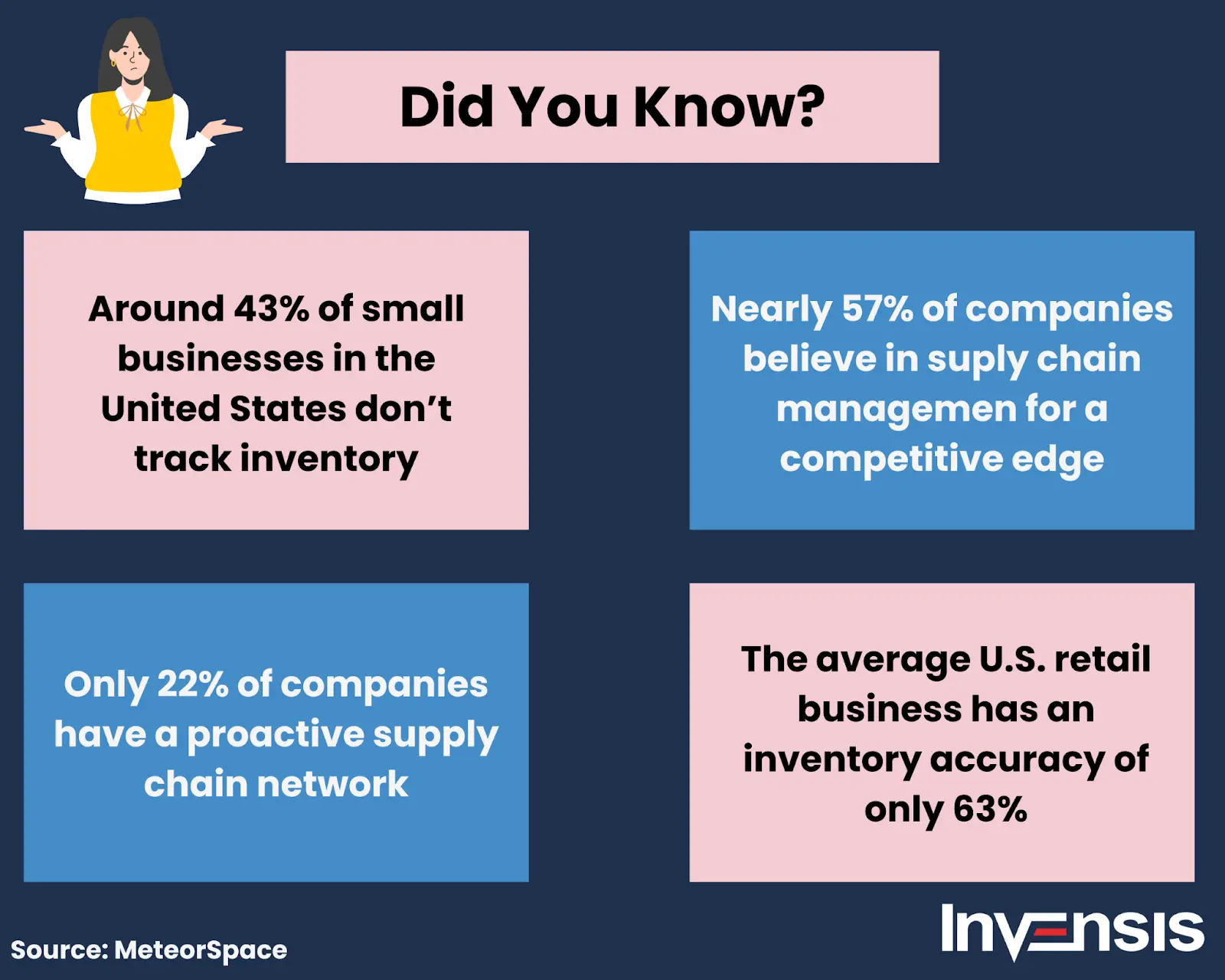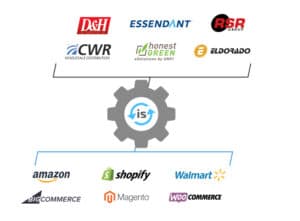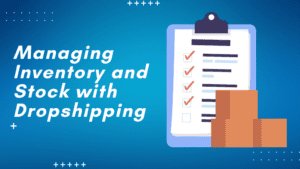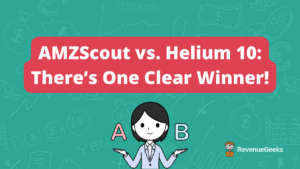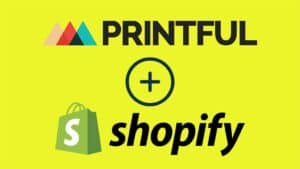TradeGecko vs. Katana: Best for Small Businesses?
In the competitive landscape of inventory management software, small businesses often face the dilemma of choosing the right tool to meet their specific needs. TradeGecko, now known as QuickBooks Commerce, and Katana Cloud Inventory are two prominent solutions tailored for small businesses looking to optimize their inventory processes. This article dives into a comprehensive comparison of these two platforms to help you decide which one suits your business better.
Introductory Statement
Uncover the key differences between TradeGecko and Katana to determine which inventory management solution is best for your small business.
Introduction
Selecting the right inventory management software is crucial for small businesses. It can significantly affect operational efficiency, customer satisfaction, and ultimately, profitability. TradeGecko and Katana offer robust features tailored to the needs of small businesses, but they have different strengths and functionalities. By exploring their features, pricing, integrations, and user experience, you can make an informed choice that aligns with your business goals.
Feature Comparison
1. Core Functionality
- TradeGecko (QuickBooks Commerce): Primarily designed for e-commerce and retail businesses, TradeGecko provides extensive inventory tracking, order management, and sales analytics. Its strength lies in integrating with multiple sales channels, which helps businesses manage inventory across various platforms seamlessly.
- Katana: Aimed at manufacturers and product-based businesses, Katana focuses on production management and inventory tracking. It offers real-time inventory updates and production planning features, which are particularly beneficial for businesses that need to manage manufacturing workflows alongside sales.
2. User Interface and Experience
- TradeGecko: Known for its user-friendly interface, TradeGecko offers a visually appealing dashboard that makes it easy to navigate and access various features. The platform is designed to minimize learning curves, allowing users to quickly adapt and utilize its functionalities.
- Katana: Katana’s interface is also intuitive but tailored towards production-oriented users. It emphasizes manufacturing processes and provides visual tools like a production schedule that helps users see their workflows clearly. However, some users may find its manufacturing-centric design less intuitive if they don’t operate in that niche.
3. Integrations
- TradeGecko: Offers robust integrations with various e-commerce platforms (Shopify, WooCommerce) and accounting software (QuickBooks, Xero). This flexibility makes it easier for businesses to consolidate their operations into a single ecosystem, enhancing efficiency.
- Katana: Integrates primarily with e-commerce platforms and accounting tools but emphasizes connections to manufacturing-specific apps. If your business has a strong production element, Katana’s integrations may serve you better.
4. Pricing Structure
- TradeGecko: Offers tiered pricing plans based on features and user count. While it provides a robust set of features, costs can escalate quickly as your business scales or requires more advanced functionalities.
- Katana: Features a straightforward pricing model that reflects its manufacturing capabilities. It may be more cost-effective for businesses focused primarily on production, especially if they need features like batch tracking and production scheduling.
Pros and Cons
| Feature | TradeGecko | Katana |
|---|---|---|
| Pros | – User-friendly interface – Excellent multi-channel support – Strong analytics and reporting capabilities | – Manufacturing focus – Visual production scheduling – Batch and ingredient tracking |
| Cons | – Higher costs for scaling – Primarily e-commerce focused | – Less ideal for pure retail businesses – Slightly steeper learning curve for non-manufacturers |
Conclusion
Both TradeGecko and Katana offer unique strengths tailored to different business needs. TradeGecko excels in e-commerce and retail management, while Katana stands out in manufacturing and production. Evaluating your specific business requirements will help you choose the right platform for your inventory management needs.
FAQs
1. Which platform is better for e-commerce businesses?
TradeGecko is generally better for e-commerce due to its robust integrations and features designed specifically for online sales.
2. Can Katana be used by non-manufacturers?
Yes, but it is primarily designed for businesses with manufacturing processes. Retailers might find it less beneficial than TradeGecko.
3. What pricing options are available for TradeGecko?
TradeGecko offers tiered pricing based on the number of users and features, starting from basic plans to more comprehensive options.
4. Is there a free trial available for Katana?
Yes, Katana typically offers a free trial, allowing users to test its features before committing.
5. How do TradeGecko and Katana integrate with accounting software?
Both platforms integrate with popular accounting software like QuickBooks and Xero, streamlining financial management alongside inventory control.
Top Tools to Simplify and Scale Your Business
- TradeGecko (QuickBooks Commerce): A cloud-based inventory management solution offering robust tools for e-commerce businesses, including real-time tracking and multi-channel support.
- Katana Cloud Inventory: A powerful inventory management tool focused on manufacturers, providing production planning and batch tracking functionalities.
- Shopify: An e-commerce platform that integrates seamlessly with TradeGecko for efficient online store management.
- Xero: An accounting tool that integrates with both TradeGecko and Katana, offering seamless financial management.
- Zapier: A workflow automation tool that connects TradeGecko and Katana with other apps, enhancing operational efficiency.
Keywords: TradeGecko, Katana, inventory management, e-commerce, manufacturing, small business

